Introduction
A digital marketing funnel is a simple way to understand how people move from discovering your business to taking action. Most beginners feel overwhelmed by funnels because they hear terms like “awareness,” “nurture,” and “conversion” without knowing how they connect. The truth is much simpler. A funnel is just a path that guides someone step by step.
When you understand how a funnel works, you can communicate more clearly, create content with purpose, and offer the right information at the right time. You do not need advanced tools or complex strategies to begin. You only need a basic structure that helps people move forward at their own pace.
This guide explains what a digital marketing funnel is, how each stage works, and how to build your first funnel from scratch. By the end, you will understand the flow and know how to create a simple funnel that supports your goals.
Key Takeaways
Digital Marketing Funnel
- A digital marketing funnel shows the steps a person takes from discovering your brand to taking action.
- Each stage has a purpose, and guiding people through them creates a smoother experience.
- Funnels help you communicate clearly and give visitors the right information at the right time.
- Beginners can build a simple funnel with basic tools and steady content.
- Success comes from clarity, not complexity, and from helping people move forward one step at a time.
- A well-structured funnel increases trust, engagement, and conversions.
Disclaimer: I am an independent Affiliate. The opinions expressed here are my own and are not official statements. If you follow a link and make a purchase, I may earn a commission.
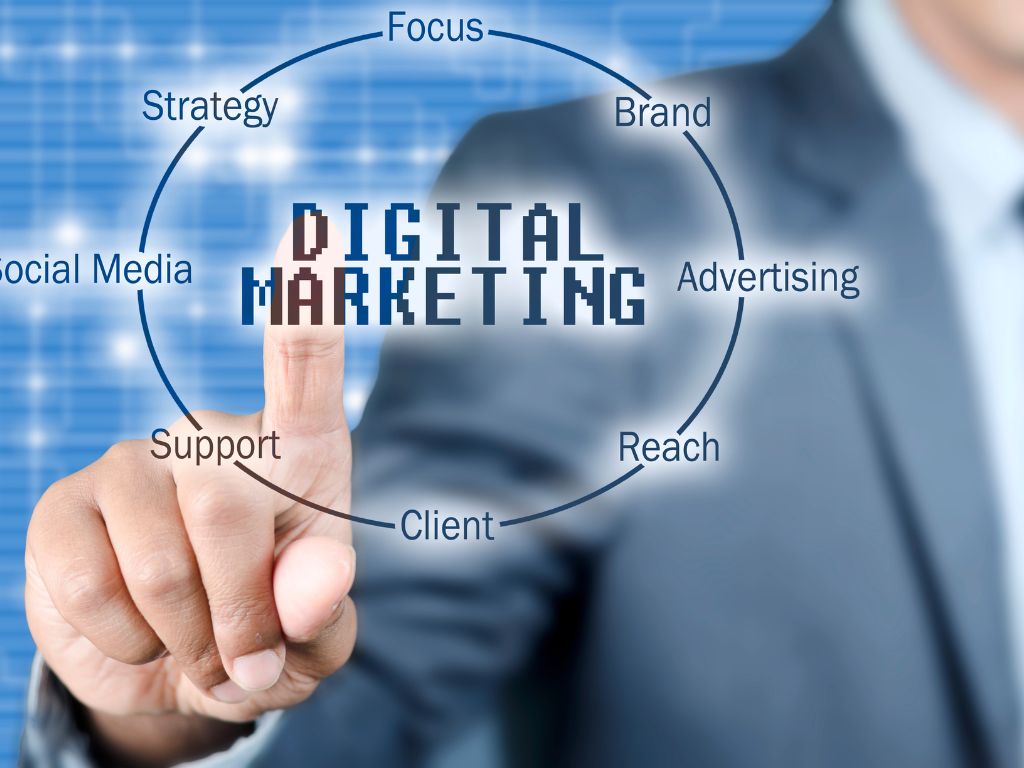
What a digital marketing funnel is
A digital marketing funnel is a simple model that shows how someone goes from first learning about your business to taking a final action. It breaks the journey into clear stages so you can understand what people need at each step. Instead of guessing how to communicate or what to share, the funnel gives you a structure you can follow.
The funnel exists because people rarely act the moment they discover something new. They need time to understand who you are, why your message matters, and how your offer fits their situation. A funnel gives them that space and guides them forward with clarity.
Every funnel has the same core purpose. It helps you attract the right people, keep their interest, earn their trust, and make it easy for them to take the next step. This structure works for any business size, any niche, and any platform. The process stays the same even when the tools change.
A simple funnel is often enough to build real momentum. When each stage makes sense and flows naturally, people move through it without feeling pressured or confused.
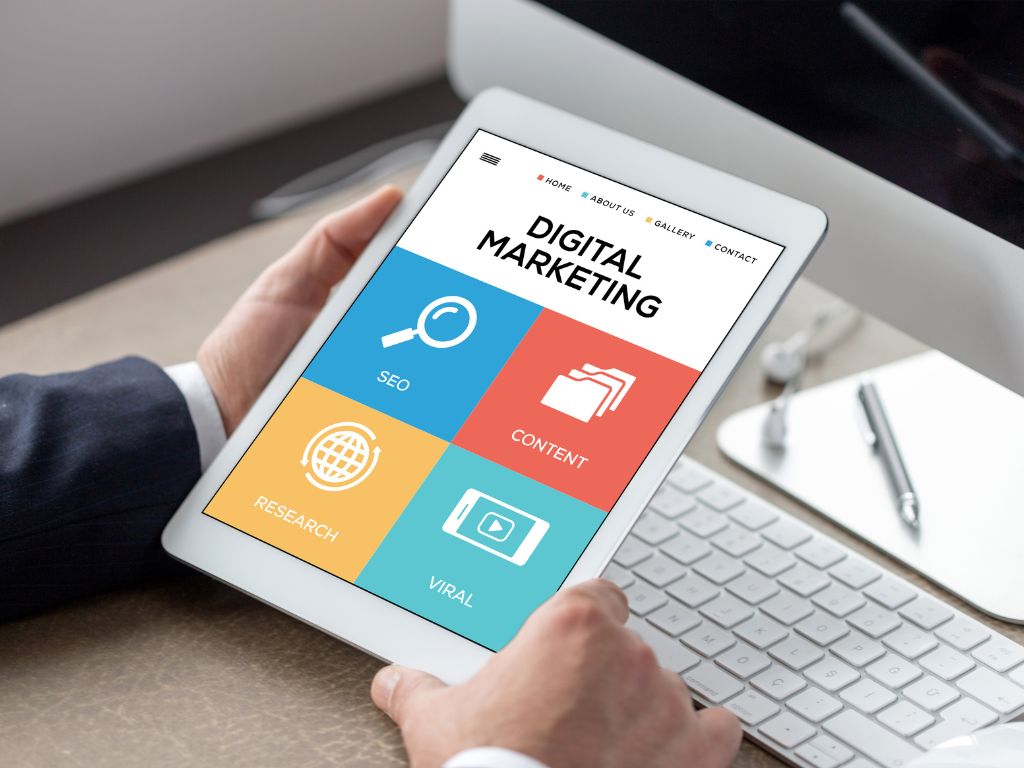
The main stages of a digital marketing funnel
A digital marketing funnel is built on four core stages. Each stage reflects where the visitor is in their decision making process. When you understand what people need at each step, your content and communication become simpler and more effective.
Awareness
This is the moment someone discovers you. They may find you through a social post, a video, a search result, or a shared piece of content. At this stage, people want clarity. They want to know who you are and what you talk about. Short, helpful content works well because it introduces your message without pressure.
Interest
People begin paying closer attention. They read more, watch more, or explore your profile or website. This is where you share value, explain ideas, and show that you understand their goals or challenges. Your job is to keep them engaged and help them see why your message matters.
Consideration
Visitors start evaluating what you offer. They compare options, think about benefits, and look for signals of trust. This is where deeper content works best. Examples include guides, case studies, and email sequences that answer questions and build confidence.
Action
This is the moment someone takes the final step. It can be a signup, a purchase, a booking, or any primary conversion. The message should be simple and direct. People should know exactly what they are getting and why it is the right next step.

How TOFU, MOFU, and BOFU fit into the funnel stages
Many beginners hear TOFU, MOFU, and BOFU and assume they refer to a separate system. They are simply another way to describe the same stages you just learned.
These terms help you understand what people need at each point in the funnel and what type of content supports their journey. Seeing both models side by side gives you a clearer picture of how the funnel works in real situations.
The table below breaks down each stage from a practical angle. It shows the purpose of the stage, how people think at that moment, and the content types that move them forward.
TOFU, MOFU, and BOFU Explained
Every piece of content you publish should have a job. This breakdown shows how TOFU, MOFU, and BOFU each play a different role in moving someone from first contact to confident action, so you can plug your content into the right stage instead of posting at random.
| Stage | Purpose | Audience Mindset | Best Content Types | How It Connects to the Funnel |
|---|---|---|---|---|
| TOFU (Top of Funnel) | Help people discover you and understand your main idea. | Curious, exploring, lightly aware. | Short videos, social posts, simple blogs, tips, quick value. | Matches the Awareness stage. It introduces your message and brings people into your world. |
| MOFU (Middle of Funnel) | Build trust and deepen interest by giving people useful context. | Interested, learning, evaluating options. | Guides, tutorials, email follow ups, examples, supportive resources. | Covers the Interest and Consideration stages. It helps people understand your value. |
| BOFU (Bottom of Funnel) | Present the offer clearly and guide people to a final action. | Ready to decide, needs clarity, wants confidence. | Offer pages, demos, product details, comparisons, simple explanations. | Matches the Action stage. It makes the next step obvious and easy to take. |
Why this framework matters
Understanding TOFU, MOFU, and BOFU helps you match your message to the stage your audience is in. People at the top need simple introductions. People in the middle need clarity and trust. People at the bottom need a clear reason to act. When each stage gets the right type of content, your funnel feels smooth, natural, and easier for visitors to follow.
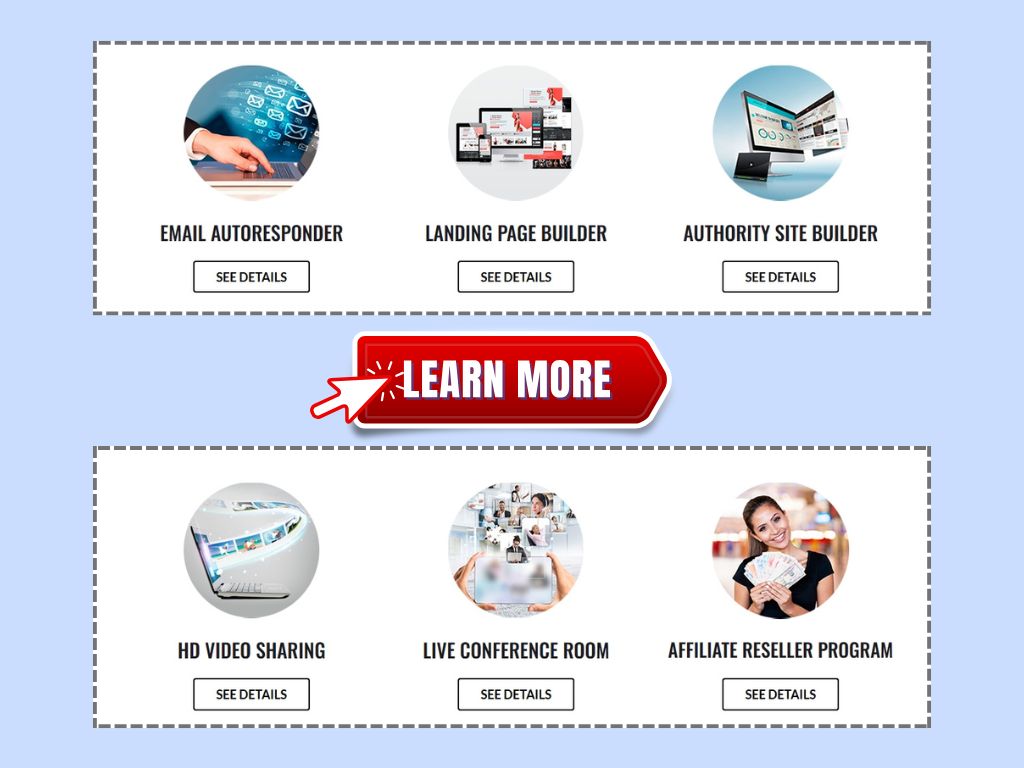
How a digital marketing funnel works in real life
A digital marketing funnel becomes much clearer when you see it in action. Think of it as a guided path. A person enters at the top, learns more as they move forward, and reaches a point where taking action feels natural. Each step serves a purpose and supports the one that follows.
Imagine someone scrolling on social media. They see a short post that explains a useful idea. That moment is awareness. They click through to learn more and spend time reading or watching your content. That shift is interest. As they explore, they begin to understand your approach and see how it relates to their goals. Now they enter the consideration stage.
From here, they want more clarity. They may sign up for a guide, watch a tutorial, or read a helpful article. Each piece of information reduces uncertainty and builds trust. When they feel ready, they reach the action stage. They sign up, book a call, or make a purchase because the path has prepared them well.
This journey feels natural because the funnel gives people what they need at the right time. Instead of jumping from introduction to decision, they move through a series of steps that build understanding and confidence.

How to build a simple digital marketing funnel
A beginner friendly funnel does not require complicated tools or long setups. It starts with understanding who you want to reach and giving people one clear path to follow. Each step builds on the one before it. The goal is to create a smooth flow rather than a long list of tasks.
Step 1: Know who you want to reach
Clarity makes everything easier. When you understand the goals, challenges, and interests of the people you want to help, your message becomes more focused. A clear audience allows you to shape content that speaks directly to their situation.
Step 2: Create one awareness entry point
Choose a simple starting point. It can be a social post, a short video, a helpful blog, or a piece of content that introduces your main idea. This entry point should create curiosity and show the visitor what your work is about.
Step 3: Capture attention with value
Once someone discovers you, keep them engaged. Share something useful, practical, or insightful that helps them understand your approach. This can be a quick tip, a short explanation, or a small piece of your method. The goal is to build interest by being genuinely helpful.
Step 4: Offer a simple next step
Give visitors a clear direction. This can be an email signup, a lead magnet, or a helpful resource that deepens the connection. The next step should feel natural, not forced. Make it easy for people to understand what they will receive.
Step 5: Provide consistent follow up
Your follow up builds trust. Use email, guides, or short content to answer questions and give more context. Steady communication helps someone move from interest to consideration because you continue to be useful and relevant.
Step 6: Present a clear offer
Once visitors understand your value, guide them toward a simple offer. It can be a product, a service, a booking, or any action that aligns with your goal. The message should be direct. People should know exactly what the offer is and why it matters.
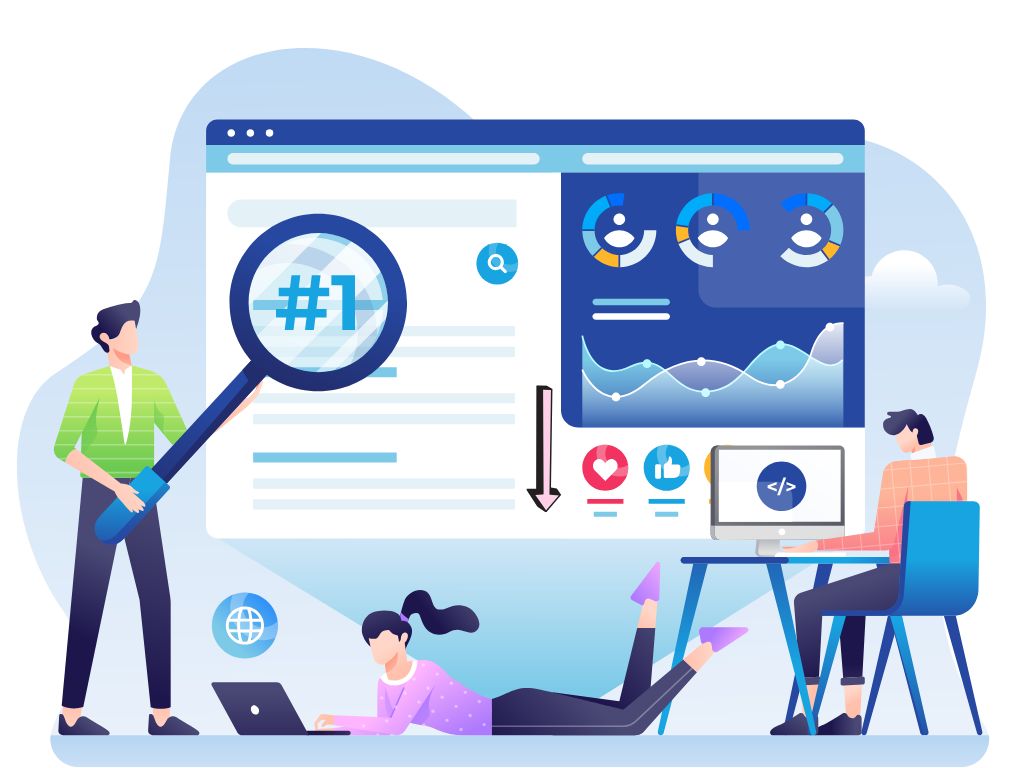
What every strong funnel needs
A strong funnel is built on a few core elements. These parts work together to guide people from the first moment of awareness to the final action. When these pieces are in place, the funnel becomes clearer for you and more natural for the person moving through it.
A clear message
People should understand who you help and how you help them. A simple message creates direction. It also keeps every stage of the funnel aligned with the same idea.
A single goal
Every funnel needs one main purpose. It might be collecting email signups, selling a product, or booking a call. When you choose one goal, the steps become easier to design and easier for visitors to follow.
Useful content
Value is what keeps people moving. Each stage should offer something helpful that matches where the person is in their decision process. Clear content builds trust and keeps attention.
Smooth transitions between stages
A visitor should know what to do next. Each step should feel like a natural continuation of the last. When the next action is obvious, the funnel moves more efficiently.
A simple way to track results
Tracking helps you understand what is working and what needs improvement. Even basic tools give enough clarity to see how people are moving through the funnel. Small adjustments become easier when you can see the flow clearly.
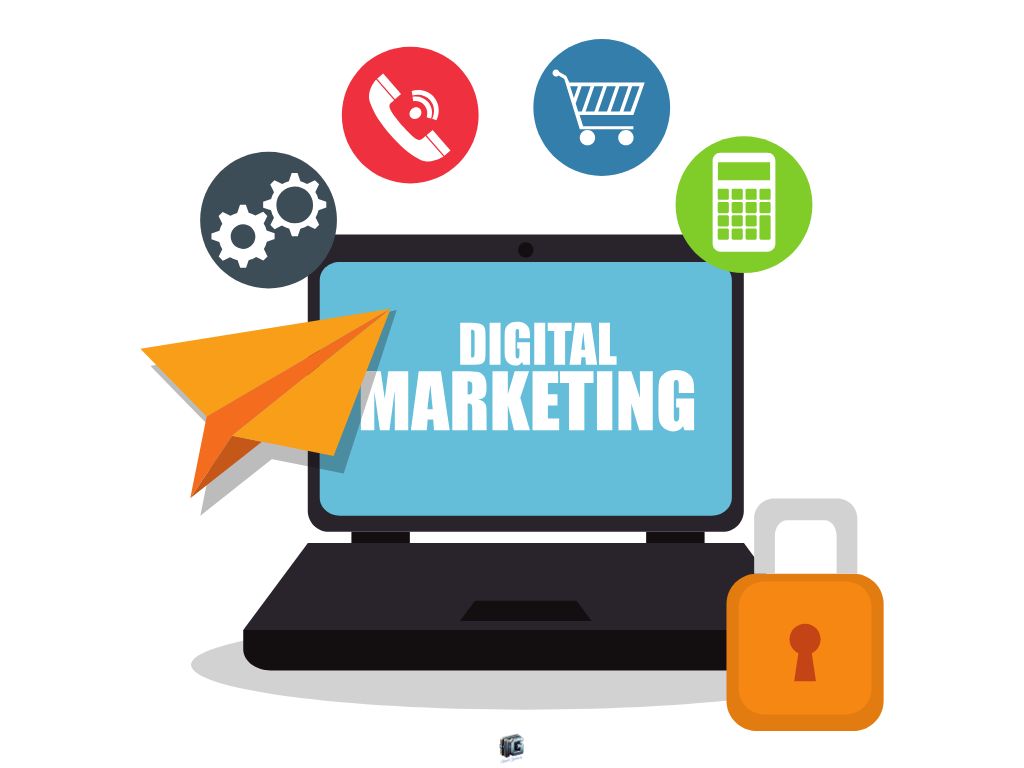
Tools that help beginners build funnels
You do not need advanced software to build a simple digital marketing funnel. A few basic tool categories can help you create pages, follow up with your audience, and understand how your funnel is performing. The goal is to choose tools that support your flow without adding unnecessary complexity.
Page builders
Page builders help you create landing pages, signup pages, or simple bridge pages. They offer templates, visual editors, and clean layouts that make it easy to guide visitors through each step. These tools keep your design consistent and help you set up pages quickly.
Email platforms
Email tools help you stay connected with people after they join your list. They allow you to send follow up sequences, share helpful content, and guide subscribers toward your offer. A simple email platform is enough to support a beginner friendly funnel.
Analytics tools
Analytics tools show how people move through your funnel. They help you understand how many visitors reach each stage, where drop-offs happen, and which parts need improvement. Even basic tracking gives you enough insight to make steady progress.
Content platforms
Content platforms help you attract new visitors at the top of the funnel. This can be social media, blogs, short videos, or any platform where you share useful information. The goal is to create one reliable entry point that introduces your message.

Common mistakes beginners make
Beginners often assume they need complex funnels to make progress. The truth is that most issues come from unclear steps or too many moving parts. Avoiding a few common mistakes helps you build a funnel that feels simple and works smoothly.
Trying to build too many stages at once
A funnel becomes confusing when it includes more steps than necessary. Starting with one clear path makes the structure easier to manage and easier for visitors to follow.
Adding unnecessary steps
Extra pages, extra forms, and extra decisions slow people down. A simple funnel with a clear direction is usually more effective than a long sequence of actions.
Using unclear messaging
If people cannot understand who you help or what you offer, they will not move forward. A clear message improves every stage of the funnel and builds trust naturally.
Overcomplicating offers
A beginner friendly funnel works best with a simple offer. When the offer feels clear and accessible, visitors feel more confident taking the next step.
Forgetting to follow up
Many funnels fail because they stop too early. Consistent follow up builds trust, reinforces value, and guides people toward the right action at the right time.
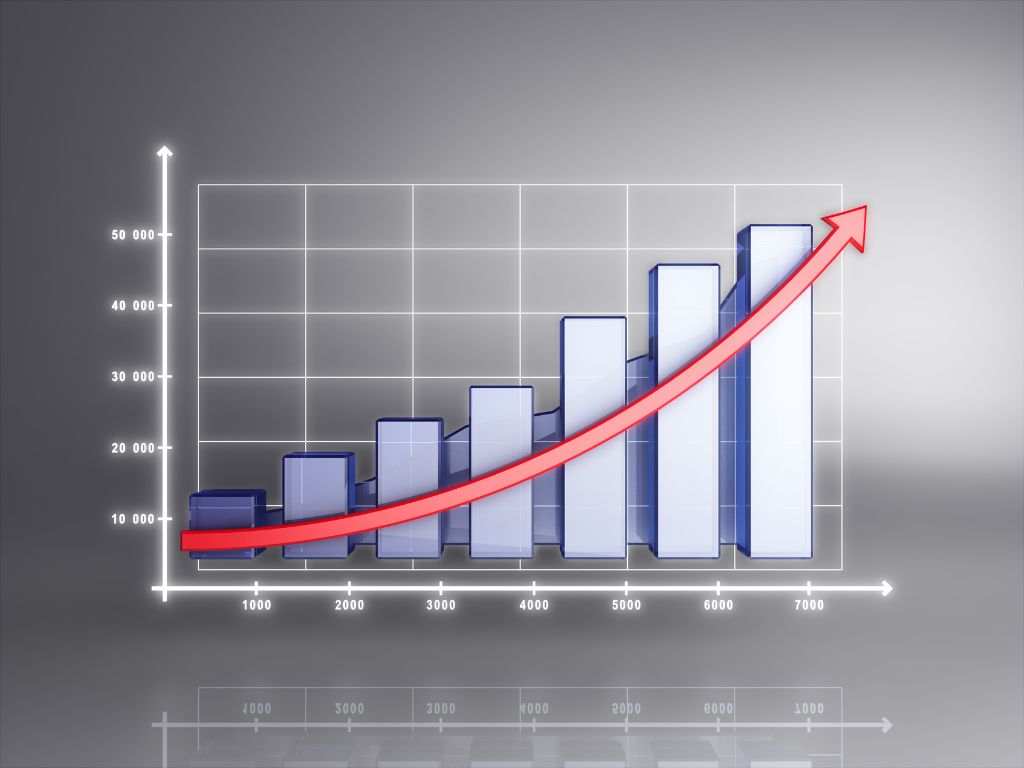
Conclusion
A digital marketing funnel helps you guide people from first discovering your work to taking a meaningful action. It gives your content direction and helps visitors understand the next step without feeling rushed. When you focus on clarity, each stage of the funnel becomes easier to design and easier for your audience to follow.
You do not need advanced tools or complex frameworks to start. A simple funnel with a clear message, one entry point, and a straightforward offer can create steady momentum. As you learn how people move through your funnel, you can make small improvements and refine the experience over time.
Building your first funnel is less about perfection and more about understanding the flow. When each stage serves a clear purpose, the entire path feels natural for both you and your audience. That clarity is what makes a funnel effective.
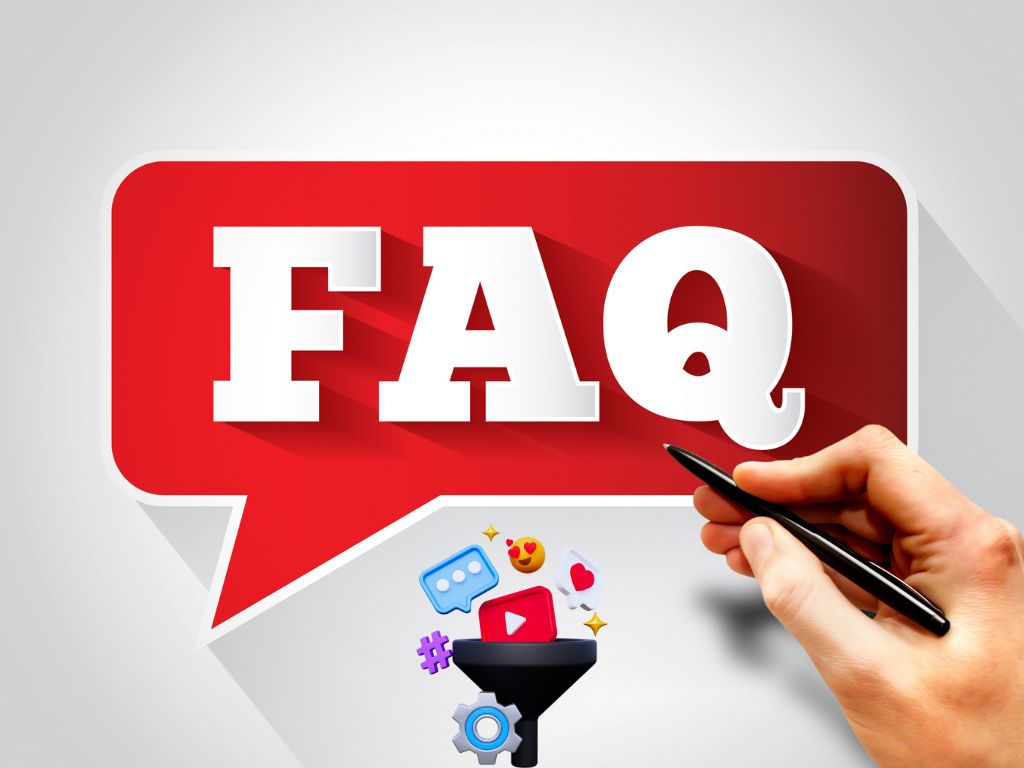
FAQs About Digital Marketing Funnels
Do I need special software to build a digital marketing funnel?
No. You can build a simple funnel with basic tools like a page builder, an email platform, and a content channel. Advanced software is optional, not required.
How long does it take to build a simple funnel?
A beginner can build a basic funnel in a few days. The time depends on how quickly you create content and set up each step. A clear plan speeds up the process.
How many stages should a beginner include?
Four stages are enough: awareness, interest, consideration, and action. These stages cover the full journey without adding unnecessary complexity.
What type of content works best at the top of the funnel?
Short, helpful content is most effective. Social posts, videos, simple explanations, and clear tips help people understand your message quickly.
Do funnels work for small businesses or solo creators?
Yes. Funnels help any business communicate more clearly and guide people toward the right action. Simple funnels are often more effective than large, complicated ones.
How do I know if my funnel is working?
Track how people move through each stage. Look at views, signups, engagement, and the final action. If people drop off at a certain step, that section may need more clarity.
Should I build more than one funnel?
Not at the beginning. Start with one funnel and improve it. Once it is working well, you can create additional funnels with more confidence.
0 Comments